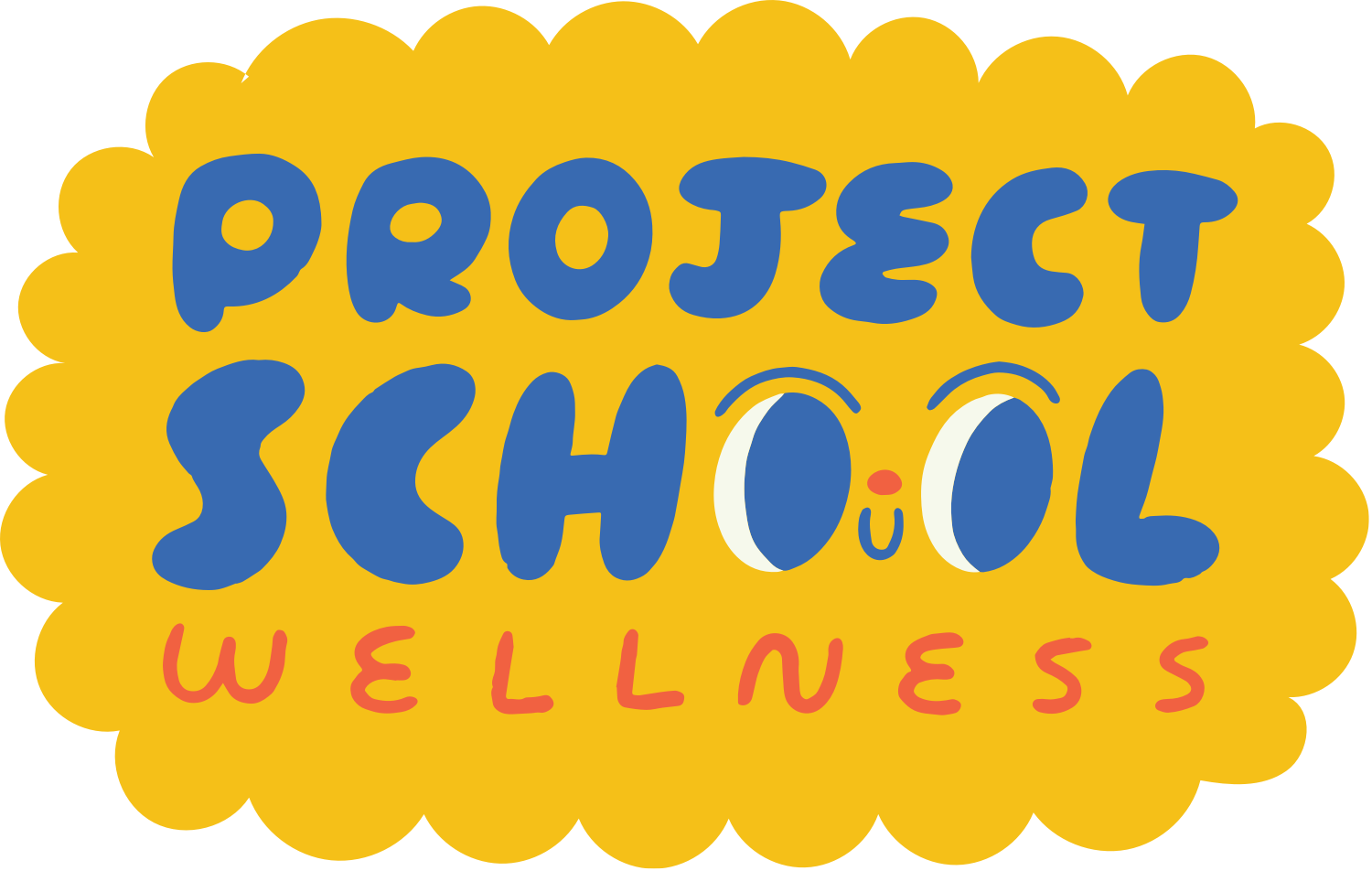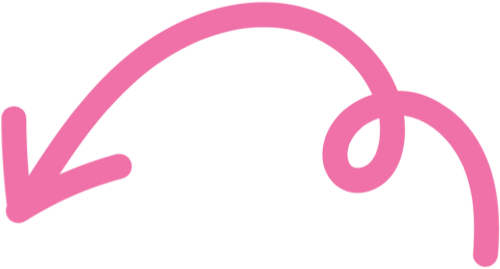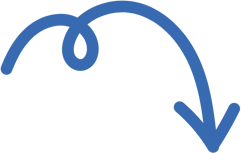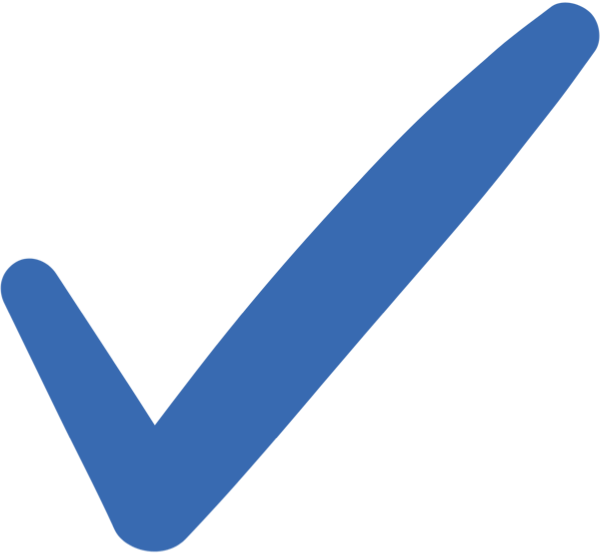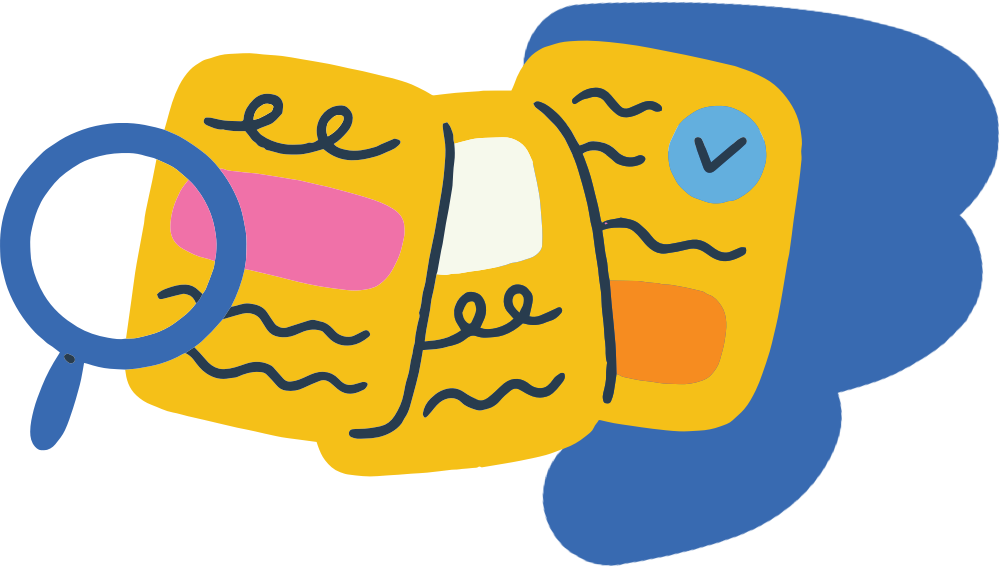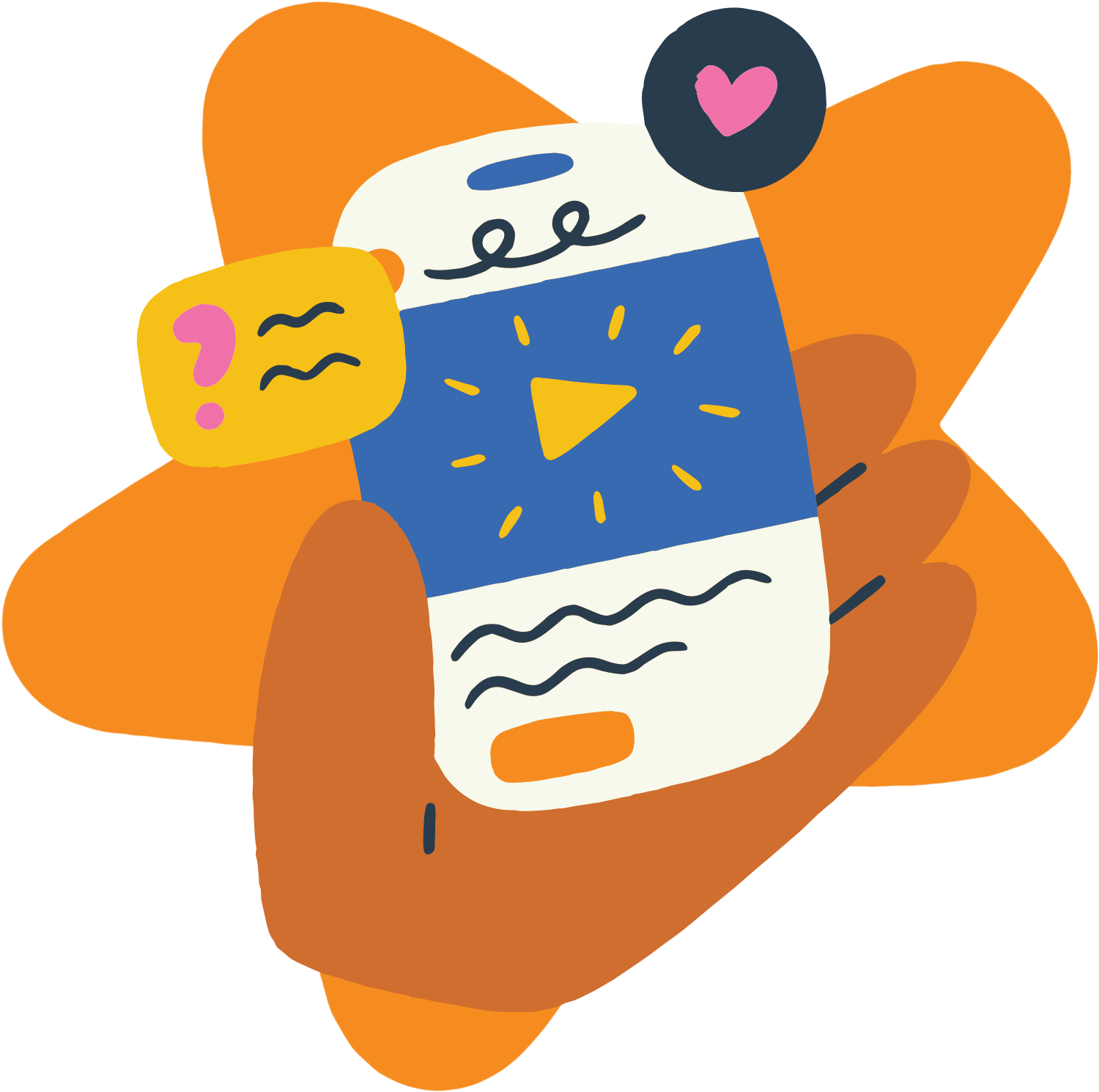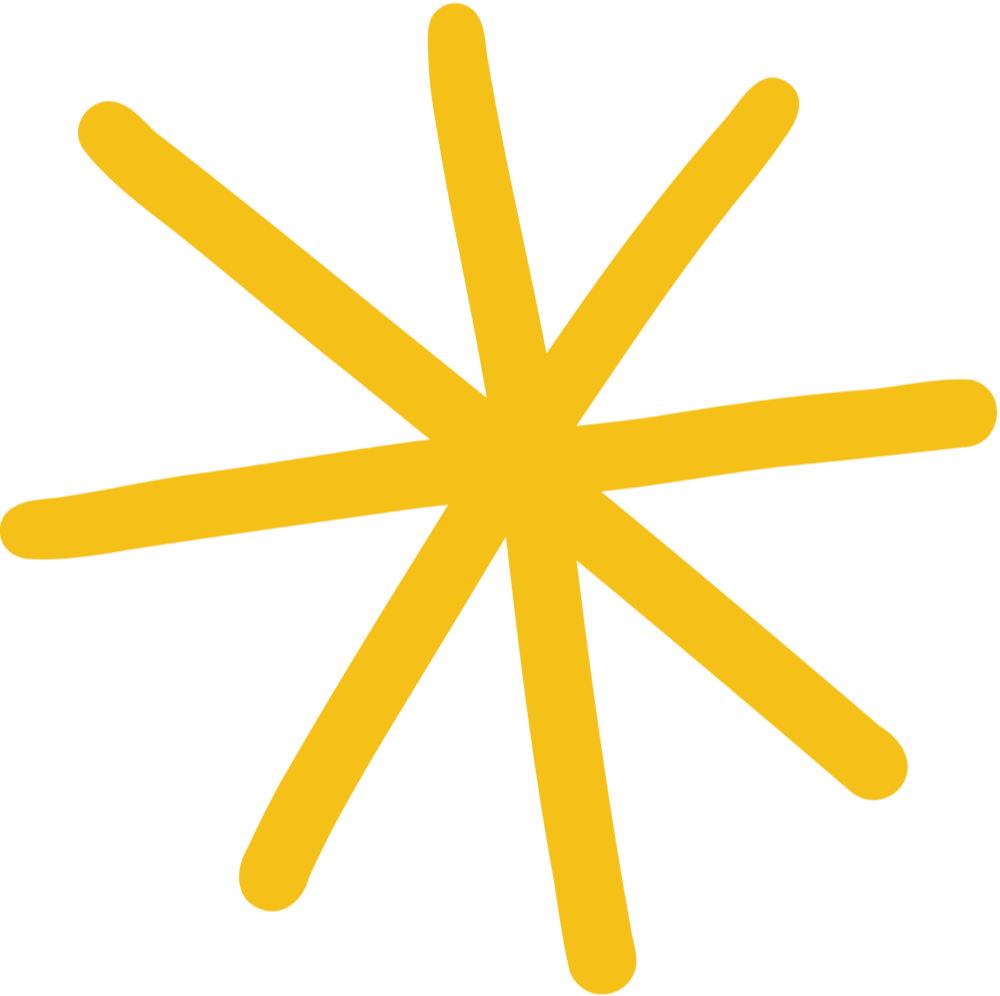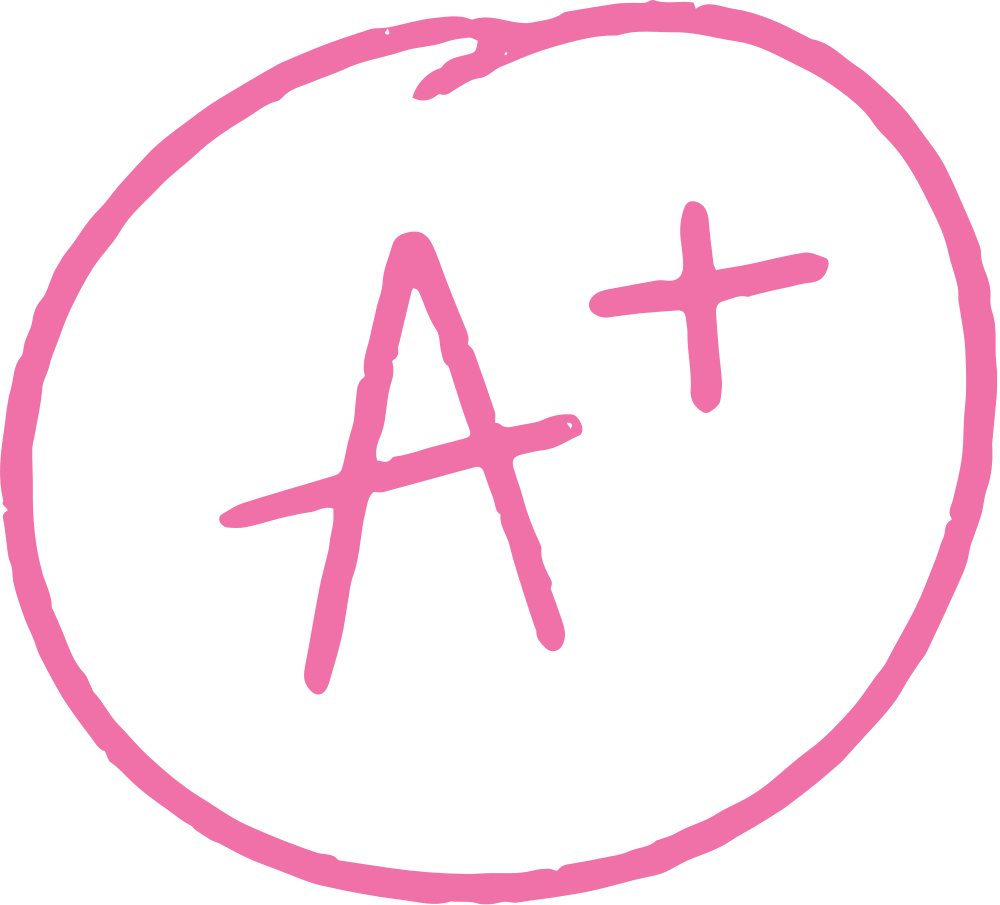
How to Teach the SHAPE America Standards & Health Skills
Analyzing Influences
Standard #2: Analyze influences that affect health and well-being of self and others.
Easy Health Teaching Ideas

Start Here
This is your teaching guide for the SHAPE America Standards and the health skill of analyzing influences (Standard #2). It breaks down the skill and introduces the SCAN skill cues: Situation, Core Influences, Analyze, Now What?, giving students a simple, powerful framework to identify who and what is impacting their health and how to respond. Inside this guide, health teachers will find a clear definition of the skill, grade-level learning progression examples, and standards-based assessment ideas to support effective, skills-based instruction.
Table of Contents
An Introduction to the Skill of Analyzing Influences
ANALYZING INFLUENCES
Let’s Explore
What is it?
Analyzing influences is one of the eight essential health skills outlined in the SHAPE America National Health Education Standards. This skill is all about understanding how people and things influence the way you feel, think, and act. Students learn to recognize the many internal and external factors that shape health behaviors, such as family, peers, culture, media, technology, and the environment. It’s about evaluating how these influences affect personal and community well-being and learning to respond thoughtfully. By mastering this skill, students build health literacy, strengthen their ability to make intentional choices, and gain the confidence to navigate both positive and negative influences in ways that support lifelong health.
Why It Matters?
Promotes Lifelong Learning
Recognizing knowledge gaps and knowing how to find accurate, trustworthy health information is essential to living a healthy life. This skill supports lifelong learning and helps students adapt as their health needs and circumstances change.
Shapes Thoughts, Attitudes, and Behaviors
What students know directly influences how they think, feel, and act. Functional knowledge forms the foundation of their attitudes and behaviors, impacting every health decision they make.
Supports All Other Health Skills
Students don’t need to memorize every health fact, but they do need a solid understanding of key concepts. This foundational knowledge allows them to effectively use skills like decision-making, communication, and advocacy to manage real-life health issues.
The Skill Cues for Analyzing Influences
SCAN: How to Analyze Influences
-
S- Situation
Identify a health situation in your life to analyze (i.e. an element of the B.E.S.T. Model).
-

C - Core Influences
Make a list of the core influences impacting this aspect of your life.
-

A - Analyze
Analyze if each influence is positively or negatively impacting the scenario you outlined in Step 1.
-
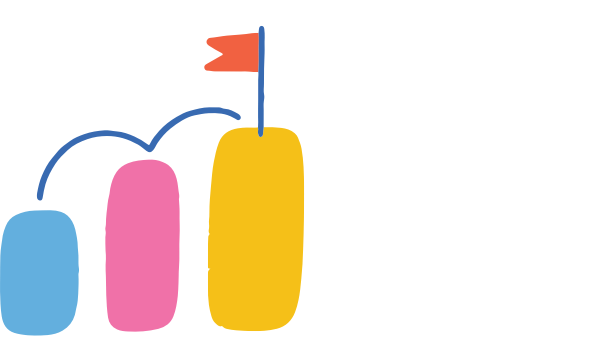
N - Now what?
Create a plan of action for how you will navigate each influence by setting boundaries and/or behavioral expectations for yourself.
Health Skill Cues Video
How to Teach the Skill of Analyzing Influences
Step 1
Introduce the Health Skill
Step 2
Practice the Health Skill Cues
Step 3
Apply the Health Skill to Real Life
K-12 Learning Progression Examples for Health Teachers
Analyzing Influences Teaching Ideas
-
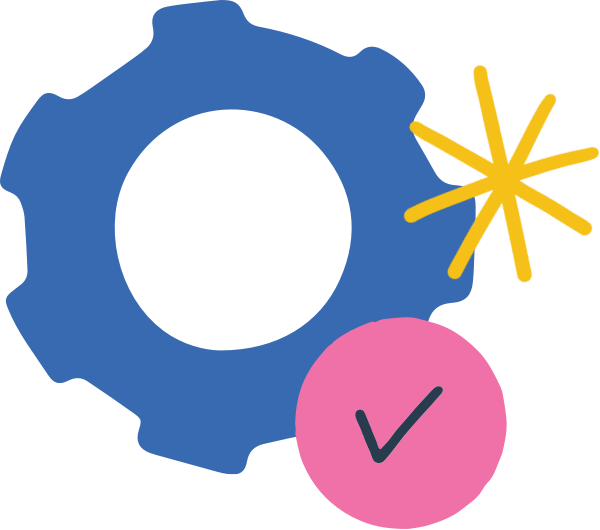
Learning Objectives
Standards-aligned learning objectives focused on building health skill proficiency and strengthening students’ health literacy through real-world application.
✅ Students can understand that people, places, and things influence how they feel, think, and act.
✅ Students can identify people who make them feel safe, happy, or nervous.
✅ Students can describe spaces that help them feel comfortable, calm, or cozy.
✅ Students can recognize who and what influences their choices and how they act.
-
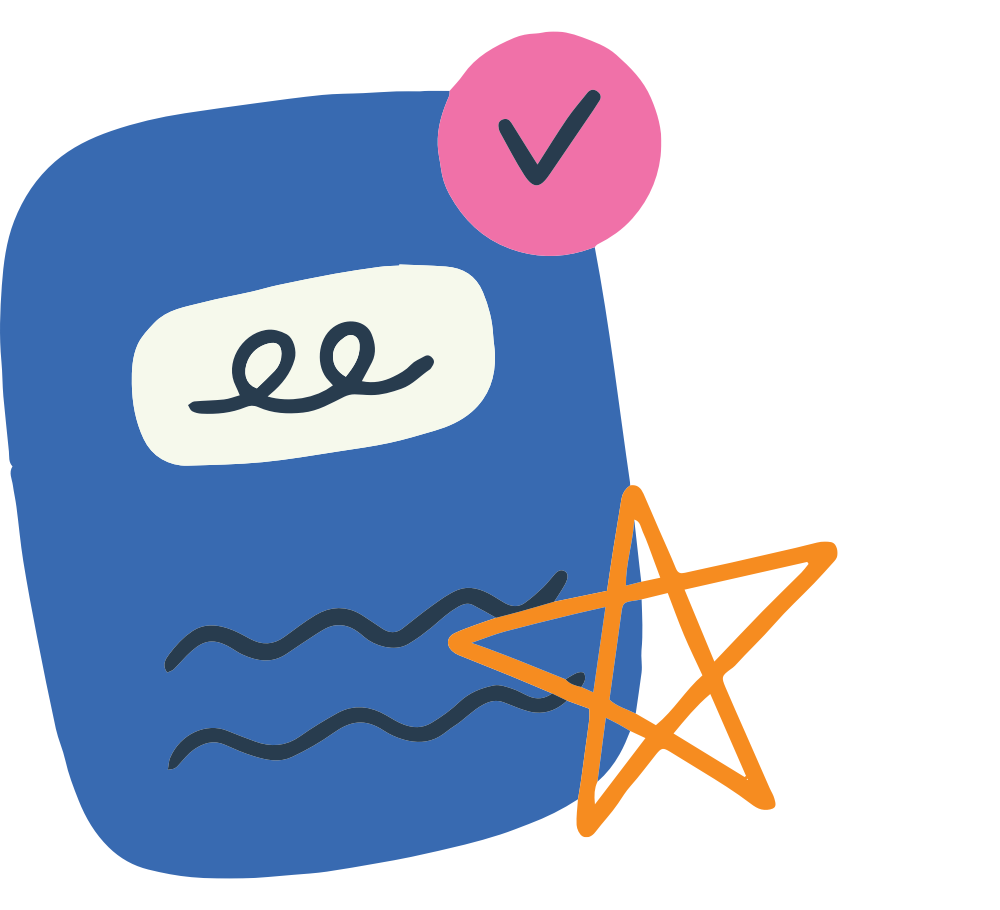
Teaching Activities
Hands-on, engaging teaching activities that give students opportunities to practice each health skill in realistic, relevant ways.
🔎 Feelings Scavenger Hunt: Give students a list of emotions, thoughts, and actions. Have them find people, places, or things in their life that influence each one.
🔎 Picture Book Influence Detective: Read a picture book and pause to ask questions like, “Who is influencing this character?” or “What made them act that way?”
🔎 Daily Check-In: Use a simple prompt like “Who made you feel brave/happy/curious today?” to help students build awareness of daily influences. -
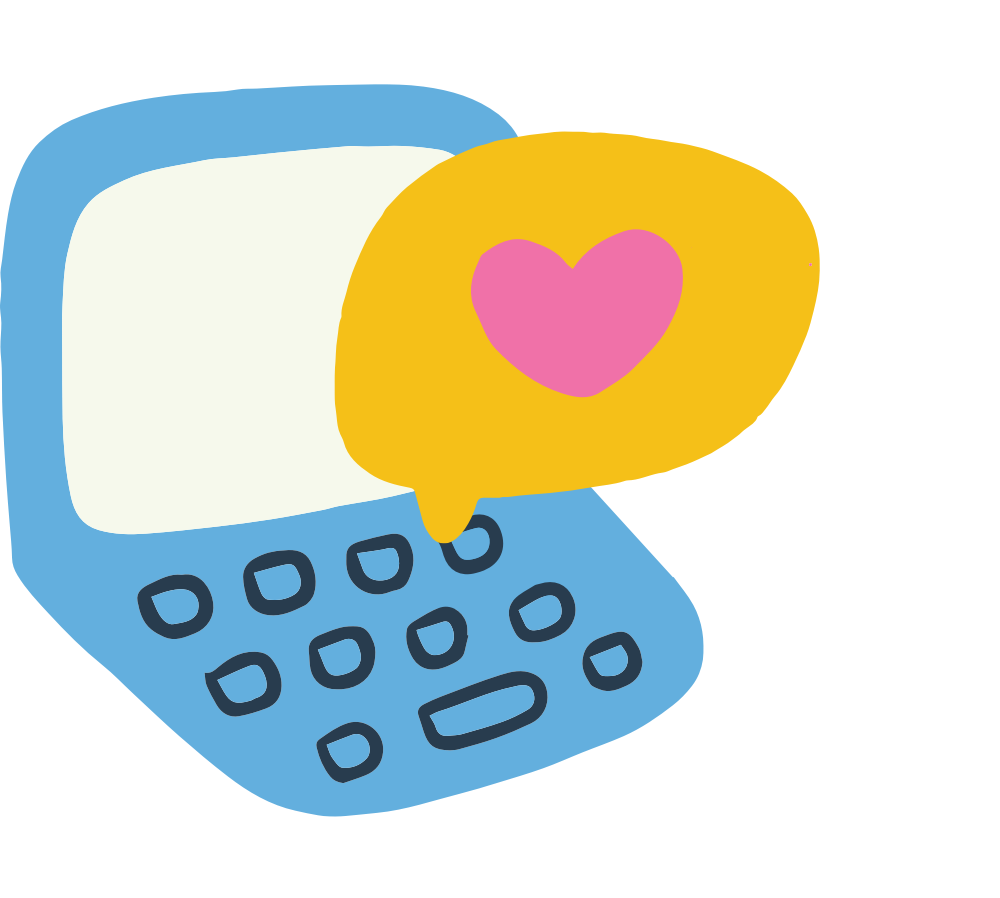
Assessment Ideas
Standards-based assessment measures students' health literacy and their ability to apply the health skills in a real-life scenario, demonstrating both their understanding of the health skill and their capacity to use it to manage their health.
📚 Wheel of Influence: Students create a personalized “Wheel of Influence,” identifying key people, places, and things that influence how they feel, think, and act. Each section of the wheel should include a drawing or short explanation to show how that influence impacts them.
-

Learning Objectives
Standards-aligned learning objectives focused on building health skill proficiency and strengthening students’ health literacy through real-world application.
✅ Students can define what an influence is and how it impacts well-being.
✅ Students can identify specific influences in their lives, such as friends, family, media, and environment.
✅ Students can use the SCAN skill cue (Situation, Core influences, Analyze, Now what?) to examine how those influences affect how they feel, think, and act.
-

Teaching Activities
Hands-on, engaging teaching activities that give students opportunities to practice each health skill in realistic, relevant ways.
🔎 SCAN Sequencing Activity: Introduce the SCAN skill cue (Situation, Core Influences, Analyze, Now What?) by having students arrange the steps in order and apply them to simple scenarios.
🔎 Influence Ranking: Create a green–yellow–orange–red rating scale and have students rate how different influences affect their well-being.
🔎 Influence Scavenger Hunt: Teach common types of influences (e.g., family, media, culture) and have students find real-life examples from their own life, their friends, or media content.
🔎 Analyzing Influences Game: A board game where students practice the S.C.A.N. skill cues.
-

Assessment Ideas
Standards-based assessment measures students' health literacy and their ability to apply the health skills in a real-life scenario, demonstrating both their understanding of the health skill and their capacity to use it to manage their health.
📚 SCAN Report Card: Students apply the SCAN skill cue (Situation, Core Influences, Analyze, Now What?) to a teacher-selected scenario. They evaluate the situation, identify key influences, analyze the impact, and propose a thoughtful response or action.
-

Learning Objectives
Standards-aligned learning objectives focused on building health skill proficiency and strengthening students’ health literacy through real-world application.
✅ Students can independently identify and assess the influences shaping their beliefs, attitudes, and behaviors.
✅ Students can reflect on how they influence others and make choices to be a positive influence.
✅ Students can recognize and navigate negative or harmful influences in their lives using critical thinking and health-enhancing strategies (i.e. S.C.A.N. Skill Cues).
-

Teaching Activities
Hands-on, engaging teaching activities that give students opportunities to practice each health skill in realistic, relevant ways.
🔎 SCAN Report Card: Analyze a fictional character from a book, show, or movie using the SCAN steps. Grade the character’s influences and how they handled them.
🔎 Influence Journal: Use quick, daily prompts like “Who did I influence today?” or “How was I influenced today?” to build self-awareness and reflection.
🔎 Viral Moments Analysis: Students bring in a viral trend or moment from media and work as a group to analyze who’s influencing it, why it’s effective, and how it shapes thoughts, behaviors, or feelings. -

Assessment Ideas
Standards-based assessment measures students' health literacy and their ability to apply the health skills in a real-life scenario, demonstrating both their understanding of the health skill and their capacity to use it to manage their health.
📚 Real-Life Influence Case Study: Students select a relevant health issue affecting themselves or their peers (e.g., social media use, vaping, mental health, body image). Using the SCAN skill cue, they complete a case study analyzing what’s happening, the major influences involved, how those influences are affecting well-being, and provide realistic, meaningful recommendations for navigating those influences.
Teach the Shape America Health Standards
Health Skills
Teaching Toolkit
The Project School Wellness Health Skills Toolkit is your all-inclusive resource for teaching the health skills outlined in the SHAPE America National Health Education Standards. With done-for-you lesson plans featuring signature health skill cues, health teachers can confidently teach each health skill. Every lesson includes a flexible one-page worksheet that can be taught with any health topic, making it easy to reinforce and apply health skills across your entire health curriculum. Simple, effective, and ready to use, this toolkit makes skills-based health education easier than ever.
Health Skills Lesson Plans
Analyzing Influences Lesson Plans
-
Health Skills Toolkit
Analyzing Influences on Health
Analyzing the Influence of Social Media
How School Influences Physical Health
Influence Report Card
Analyzing Influence on Mental Health
explore health skills videos
Youtube
Quick, easy-to-follow videos for health class that teach students the eight essential health skills and how to use Project School Wellness’s skill cues. Perfect for health teachers and students to build health literacy as they explore the health skill definitions, practical skill practices, and real-life applications.
Popular Health Skills Videos

Curated Health Skills Teaching Resources
Analyzing Influences Teaching Resources
-
Health Skills Toolkit
Analyzing Influences on Health
Analyzing the Influence of Social Media
How School Influences Physical Health
Influence Report Card
Analyzing Influence on Mental Health
-
Lesson Planning for Skills-Based Health Education (Secondary) by Sarah Benes and Holly Alperin
Lesson Planning for Skills-Based Elementary Health Education by Holly Alperin and Sarah Benes
*These are affiliate links. Commissions may be earned at no extra cost to you :)
-
Coming Soon!
-
Coming Soon!
Meet Project School Wellness
Your Go-To Partner in Health Education!
At Project School Wellness, we are dedicated to making health education simple, effective, and life-changing.
As your one-stop health education hub, we offer ready-to-use health curriculum and resources for health teachers, expert guidance for parents navigating tough topics, and trusted insights for students building lifelong health skills. In the health classroom, at home, or learning on their own, we’re here to help students build the knowledge, skills, and confidence needed to live their healthiest, happiest lives.
